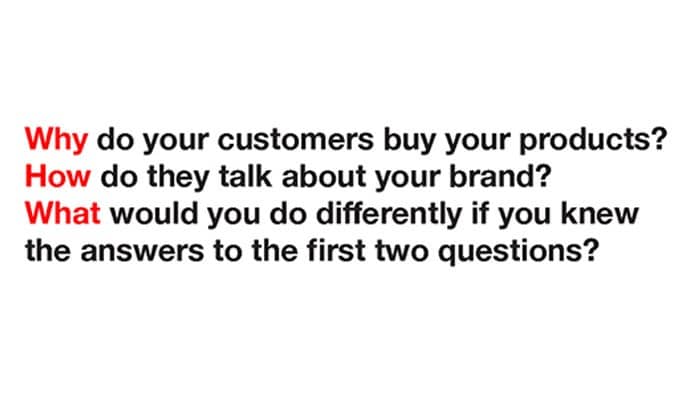Is your customer data just a rearview mirror?

Over the past five years, the amount of data being acquired by marketers has risen steadily but here are three key questions:
- What does it tell you about your customers?
- How are you using it?
- What good is it doing you?
If you’re like most companies, you’ve acquired information on where your customers live, their gender, age and transactional history with your company. If you’re using a email marketing platform, you may also know what emails they’ve opened and responded to, what day they were most likely to open their emails, possibly what time emailing them is best and what subject lines have piqued their interest. In other words you know a lot of information about their past and you’re probably using an algorithm-driven system to predict what they’ll do in the future.
Now, let me ask you something:
When you’re driving on the highway, do you use the rear-view mirror to predict the traffic you’ll find yourself in up ahead? Of course not. It makes no sense. So, why would you use a marketing platform that does the same thing?
What you really need is a periscope that enables you to stay beneath the radar yet see what awaits up ahead. What kind of information would that be?
- What interests your customers most about your products or services?
- What interests them about your competitors?
- What or who influences them to buy? And Why?
- What frustrates them about buying your products?
- What information that they haven’t received before would really be meaningful to them?
It’s answers to questions like these that provide a basis to predict what your customers will do in the future. However, these types of behavioral questions most often get relegated to the market research department. They do the research, write a nice report, present it to the marketing department where it may prompt some discussion before being filed in the department’s archives.
Wrong!
Now, imagine that you could ask these questions of your customers, append their responses to the same database files where you keep their gender, age, geography and transactions and be able to use them to make more sophisticated customer segmentations. Different groups of customers could then receive emails or promotion programs fashioned to their interests, needs, perceptions and frustrations. This is a much more powerful way to sell your products because you’ll be marketing based on values, emotions and beliefs, the stuff that actually influences people.
It doesn’t matter what you sell, wine, travel, luxury products, whatever. Consumers want more from you than sales emails. But in order to market to their interests and beliefs you have to know what they are and know them by every individual. You may be communicating with large groups but each one should represent individuals who are distinct based on what they believe. You see the problem with Big Data is evident in the name. It is both big and databases of numbers. But customers aren’t numbers; they’re individuals who should be treated as such. It’s how you treat them face-to-face. Now, simply do the same with a digital platform that does more.
Jon Stamell is CEO of Oomiji, a platform that builds behavioral personas of your customers for segmented marketing.



